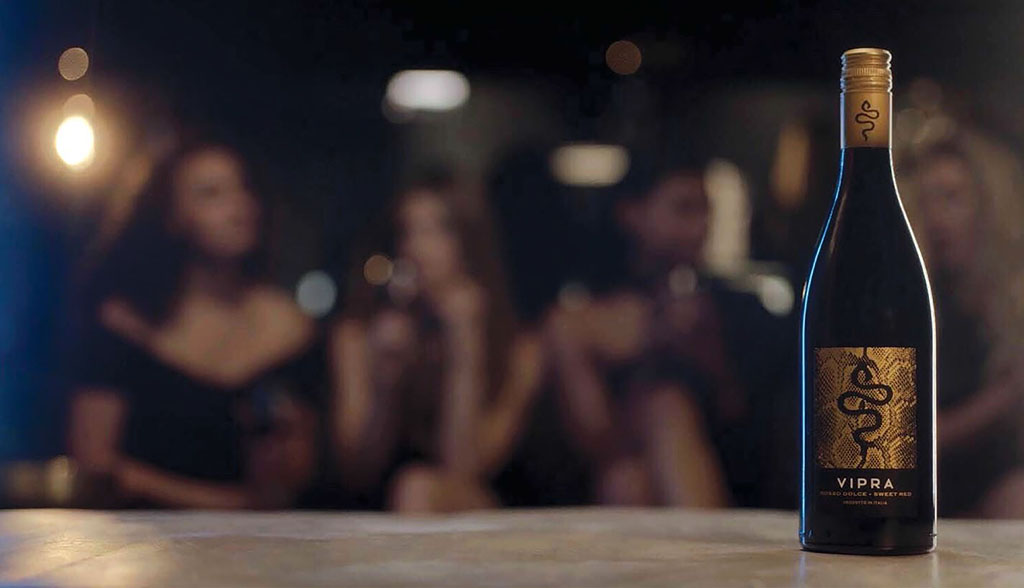An Approach to Lighting With Tubes
Film lighting tubes are becoming more common in lighting packages as they become more versatile. Whether they are from Quasar Science, Astera or NanLite, tube lights can be very useful for narrative, commercial and music video formats. They come in different lengths and have many wireless and color capabilities.
FLEXIBILITY AND CAPABILITY
Tubes can be easily rigged almost anywhere and don’t require a stand like a large fresnel would. They can be placed up above on ceilings with clamps or even tape depending on the tube, helping to hide them out of frame. Grouping many together can create a large source, and if you are able to rig many for a top light, you can then rig a large rag of diffusion underneath to create a large soft overhead source without needing any stands. When it comes to giving talent flexibility in blocking, being able to light from above and not have to avoid stands and other grip equipment on the ground is very helpful.

Tubes can also be placed in the frame purposely. We have seen this so much in music videos, but even more natural uses are things like uplighting or accent lighting in rooms. They fit into many things naturally, from kitchen spaces—like under cabinetry for a little separation—to practically being featured in things like fish tanks. You can use them in tight spaces such as cars, though softening them to look less “source” can be tricky if you don’t have a lot of room.
One aspect that is now pretty crucial for time and ease of implementing tube lighting is their DMX capability. On my last feature film, I found Astera Titan Tubes to be very useful with some practical lighting effects we had for the climax of the film. We were able to connect through Astera’s mobile app and then group and control different tubes. As our lead actress raced down a corridor of complete darkness, my gaffer was able to cue different sets of lights to illuminate different parts of the space as she moved.
Settings such as timing between cues and color temperature can all be changed for the needs of each shot and all without having to hop on a ladder and physically dial anything in on the tube. Everything is done from an iPad. We did tests with different tubes and lighting units to see what worked best—which I highly recommend—especially if you are going to see them in the frame.
PRODUCT SHOTS
I recently shot a commercial for a new wine product where tubes came in handy for creating shapes on the bottles. Being so slim and specific, lighting tubes are great for product shots. Sometimes they can make it quite easier to create lines on shiny products like bottles and handheld devices.
On this particular wine commercial we even set the Asteras to different colors so all the lines were not the same. Pointing tubes at talent or in a space will have them spread light all over, but when pointing at a surface of something like a shiny product, they’re very specific. They are easy to hide just out of frame too. They come in different lengths as well, from 12 inches to 8 feet to serve many purposes in the space. Placing many of the longer ones together can create a nice big source and throwing up a single long tube can serve as a great backlight on talent.
LED tubes like Asteras and Quasars are also efficient in terms of power, especially over fluorescent tubes, which a lot of filmmakers started with and still use. Because they use less energy, they also run longer. They are also rechargeable and you can charge several at a time.
You can dim them to quite a few different stages and if you have tubes that are not RGB and only bicolor, you can easily wrap them with any gel to create a color effect. If you plan on seeing them in frame though, I would be prepared to wrap in ND gel, as even at the lowest dimmed stage, tube lights spot read quite hot on camera.
Manufacturers will continue to make advancements in tube lighting, and their uses will continue to expand. I would say that they are great to have in your lighting rental for almost any job because they work great for big overhead rigs and light gags, but they also come in handy randomly when you’re in a pinch. You can group them together or use a single tube for many different scenarios, and their quality and color are getting better and better.
Julia Swain is a cinematographer based in California, whose narrative films include “Killing Animals,” “Jilted” and “Cassidy Red.” She continues to shoot on a variety of formats, seeking to create compelling visuals for every story and brand. She can be contacted throughTV Technology.
Get the TV Tech Newsletter
The professional video industry's #1 source for news, trends and product and tech information. Sign up below.
